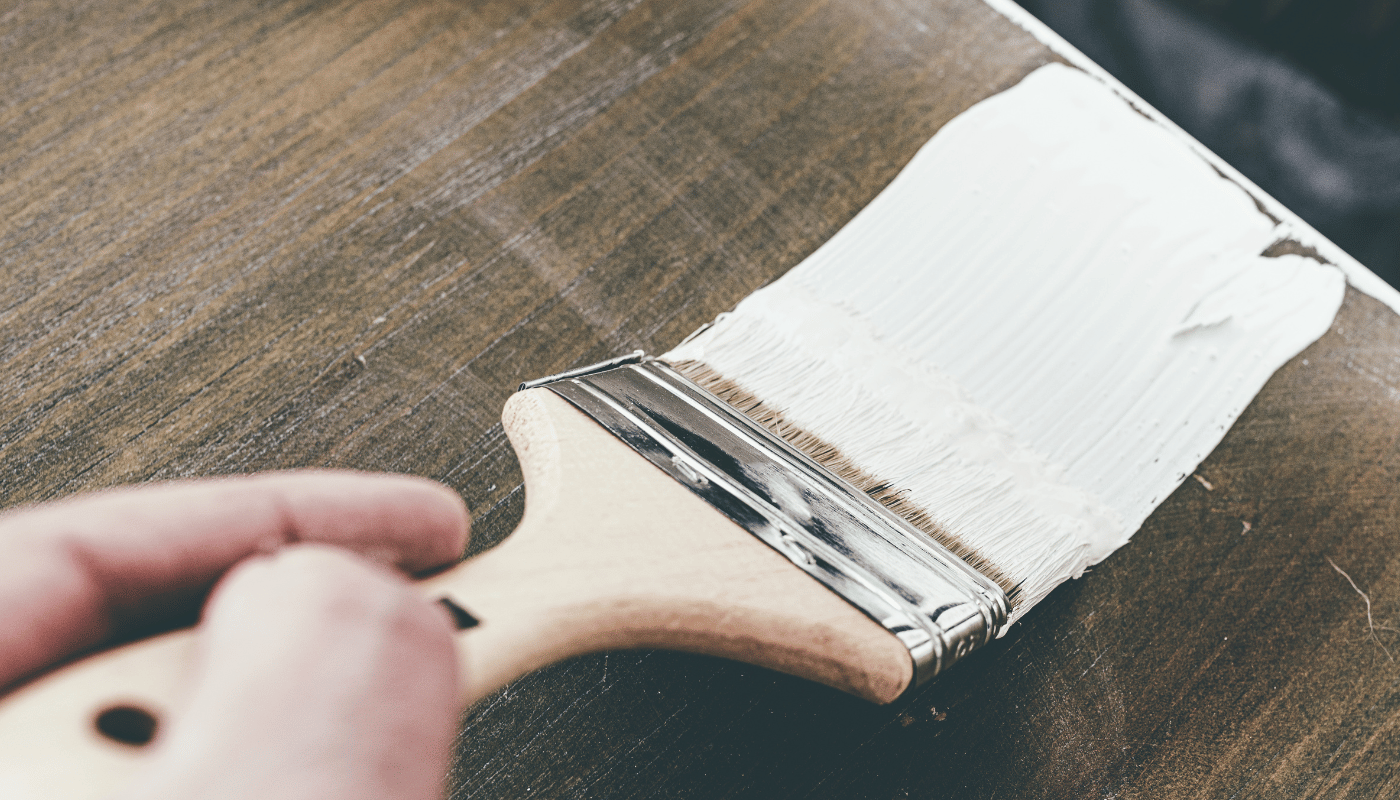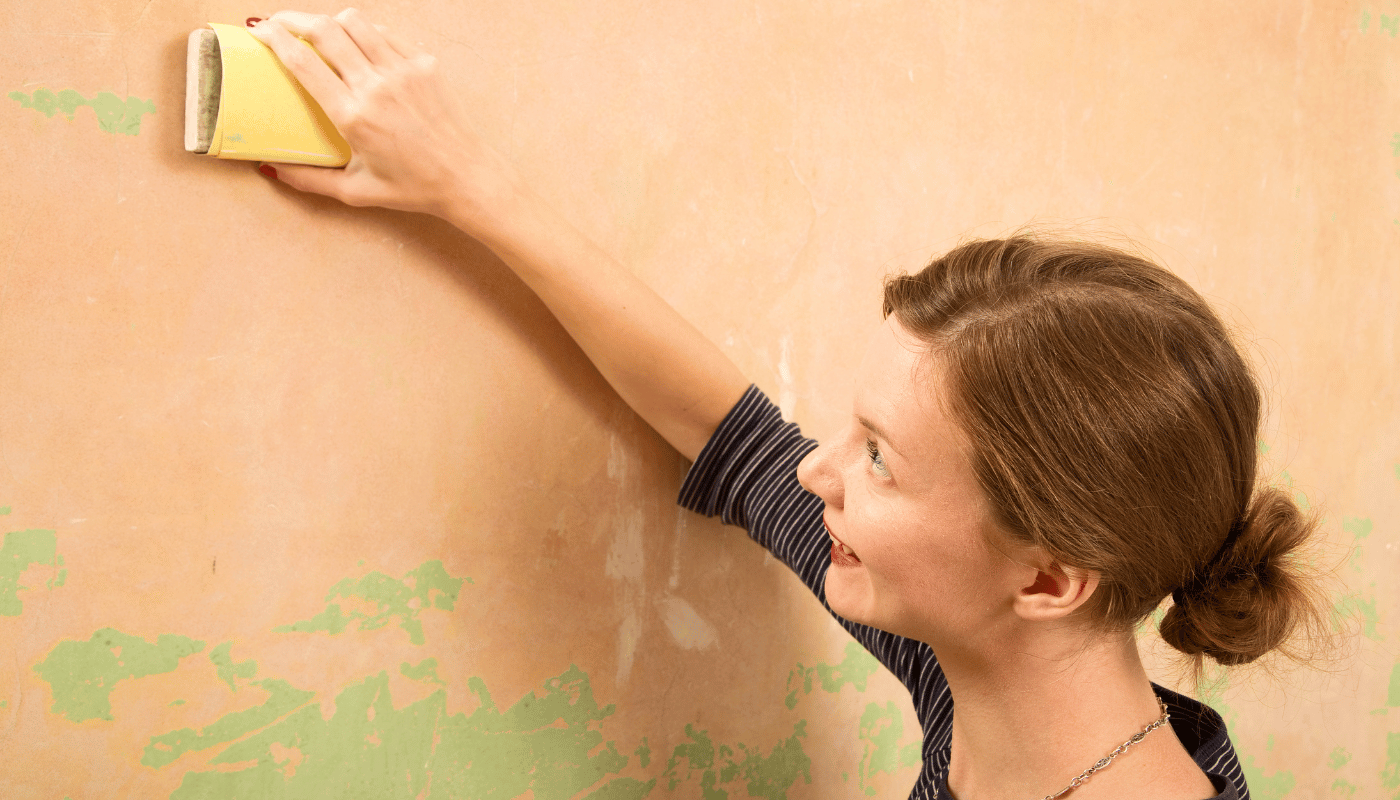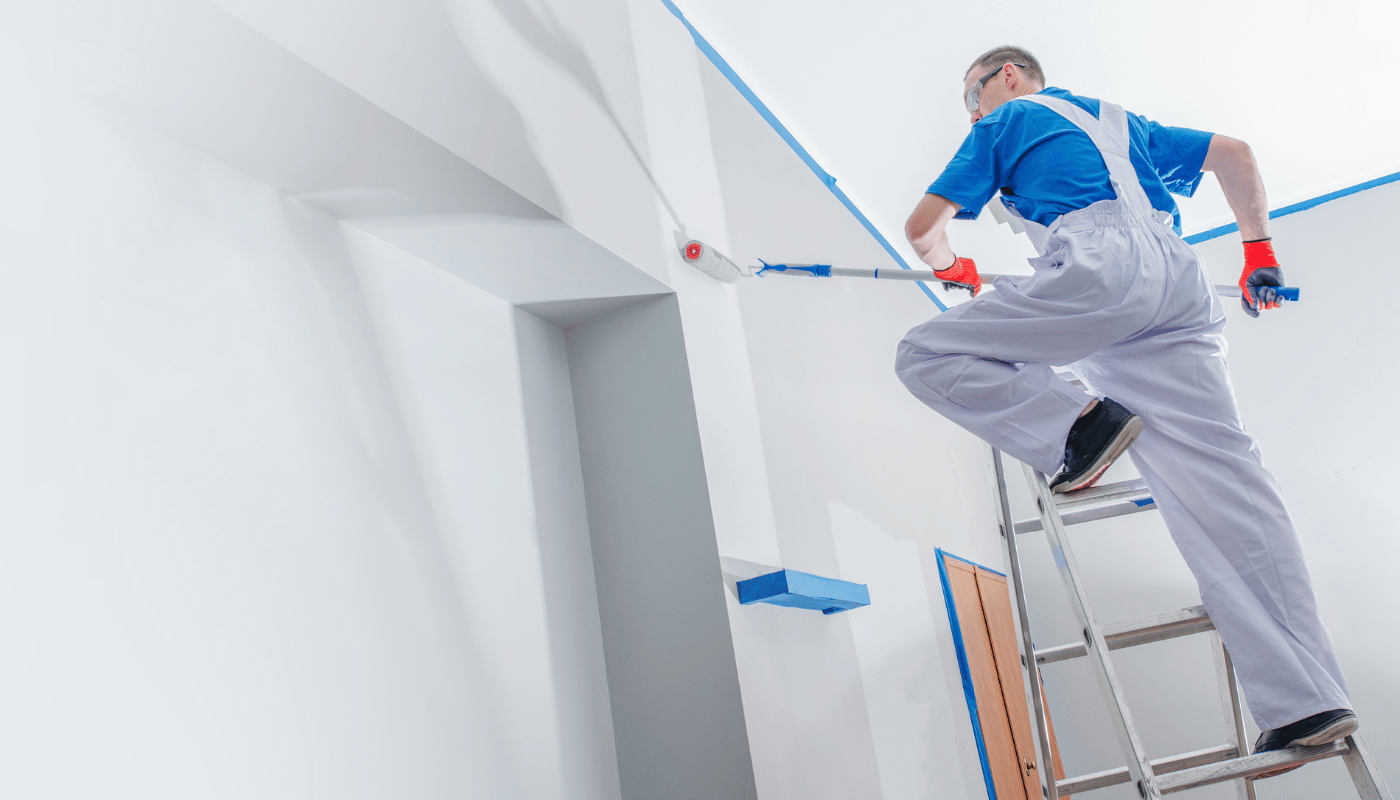Can You Paint Over Oil-Based Paint Without Sanding? Here’s What You Need to Know

Painting over oil-based paint can be challenging, especially if you’re looking to skip the tedious sanding process.
While sanding is traditionally recommended to help the new paint adhere, you can avoid this step if you use the right preparation techniques—particularly with the help of a high-bonding primer.
In this article, we’ll explore how to effectively paint over oil-based surfaces without sanding, key steps to follow, and expert tips to achieve a durable, smooth finish.
Why Is Sanding Recommended for Oil-Based Paint?
Oil-based paints dry to a hard, glossy finish, which makes them durable but also difficult for new layers to adhere to.
Sanding roughens the surface, allowing paint to grip more effectively.
Without sanding, new paint may fail to bond properly, leading to peeling, chipping, or flaking over time.
However, using a high-bonding primer can act as an adhesive layer, making sanding unnecessary. This is a great solution if you want to avoid the labour-intensive process of sanding, especially for large surfaces or intricate details.
Step-by-Step Guide to Painting Over Oil-Based Paint Without Sanding
Here’s how to get started:
1. Clean the Surface Thoroughly
Before priming, it’s crucial to remove any dirt, grease, or dust that might interfere with adhesion.
Oil-based paint surfaces, especially in high-traffic areas like kitchens, may have a layer of grime or oil residue that needs to be eliminated.
- Use a degreasing cleaner: Products like TSP (trisodium phosphate) or a mild detergent mixed with water can help.
- Rinse and dry: Make sure to rinse off any residue from the cleaner and allow the surface to dry completely.
2. Assess the Condition of the Existing Paint
Check the existing oil-based paint for any areas that may already be peeling or chipping.
If you spot loose paint, scrape it off gently to avoid further peeling.
Although you’re skipping full sanding, small touch-ups with fine-grit sandpaper (around 220-grit) on damaged spots can help the primer stick better in problem areas.
3. Choose the Right High-Bonding Primer
A high-bonding primer is essential to painting over oil-based paint without sanding. These primers are specifically formulated to adhere well to glossy surfaces and provide a solid base for new paint.
- Oil-based or latex bonding primer: Look for a high-quality, oil-based or latex primer with bonding properties.
- Apply evenly: Using a roller or brush, apply the primer in an even layer. Be sure to follow the manufacturer’s instructions for drying times, as rushing this step can compromise adhesion.
4. Allow the Primer to Cure Fully
One of the most important steps is to allow the primer to cure completely. Bonding primers often require longer drying times than regular primers to ensure a strong, durable layer.
This might take anywhere from 24 to 48 hours, depending on humidity and temperature conditions.
5. Apply the New Paint
Once the primer is fully dry, you can apply your topcoat.
Here’s how to get the best results:
- Use quality paint: Choose a high-quality water-based acrylic paint if you want to cover oil-based paint with a water-based topcoat. This type of paint is easier to work with and provides excellent adhesion when paired with a high-bonding primer.
- Apply in thin, even coats: This ensures that the paint dries smoothly and prevents drips or streaks. Multiple thin coats will give you a cleaner finish than one thick coat.
- Let each coat dry: Allow adequate drying time between coats to prevent peeling and to ensure a smooth, professional finish.
Pros and Cons of Painting Over Oil-Based Paint Without Sanding
Skipping sanding can save you time, but it’s essential to understand the advantages and potential downsides.
Pros:
- Time-saving: Avoiding sanding makes the process quicker, especially on large surfaces.
- Less mess: Sanding creates dust, which can settle on other areas of the home, requiring additional cleanup.
- Gentle on intricate surfaces: For detailed surfaces like trim, molding, or furniture, sanding can damage fine details, so skipping it can preserve the original look.
Cons:
- Requires quality primer: You need a high-bonding primer, which can be more costly than standard primers.
- Risk of peeling if improperly done: If surfaces aren’t cleaned thoroughly or if the primer doesn’t fully bond, the paint may peel or chip.
Tips for a Successful Paint Job
To ensure your paint job looks great and lasts, here are some expert tips:
- Test a small area first: If you’re uncertain, test the primer and paint in a small, inconspicuous spot to ensure proper adhesion.
- Avoid applying in humid conditions: High humidity can interfere with drying times and lead to a less durable finish.
- Choose compatible paint: When using a water-based paint over oil-based paint, ensure the primer you select is compatible with both the old oil-based layer and the new water-based paint.

Situations Where Sanding May Still Be Necessary
While it’s possible to skip sanding for most projects, there are some cases where light sanding may still be beneficial:
- High-traffic areas: In spaces like hallways or kitchens, where walls undergo frequent cleaning and abrasion, a light sanding might be wise for additional durability.
- Rough surfaces: If the existing oil-based paint is peeling or the surface has significant imperfections, a quick sanding pass can help create a more even base.
- Glossy, high-sheen finishes: Very glossy finishes can sometimes resist bonding primers. In these cases, lightly sanding with fine-grit paper can help ensure the primer adheres correctly.
Final Thoughts: Is Skipping Sanding the Right Choice?
Painting over oil-based paint without sanding is entirely possible, provided you take the time to prepare the surface correctly and use a high-bonding primer.
While sanding remains a trusted method for ensuring durability, today’s primers are formulated to adhere to even the glossiest surfaces. For most projects, following this guide can give you a smooth, resilient finish without the hassle of sanding.
So if you’re ready to refresh your space and don’t want to invest time in sanding, grab a high-bonding primer, clean your surfaces thoroughly, and apply your topcoat with confidence.
With the right approach, you can achieve a professional, long-lasting paint job that revitalises any room or piece of furniture.
Contact Painting Newcastle for professional painting advice.





